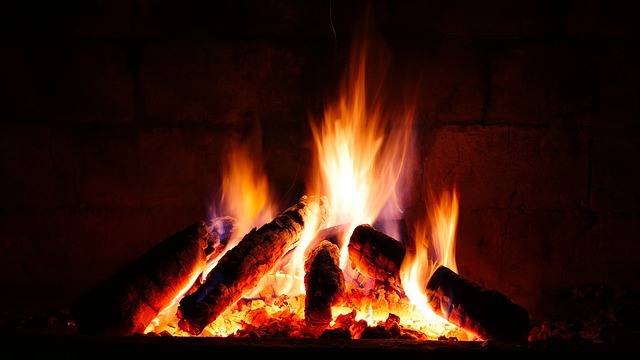A fireplace insert is an inexpensive way to renovate the appearance of your hearth and enhance the heating system in your home. There are many options when it comes to fireplace inserts, but the main difference between them is what fuel they use. The most commonly used fireplace fuels are wood and gas.
Here are various options to help you make your choice between gas vs. wood fireplace inserts.

-
Cost
There are two aspects you should consider when comparing fireplace inserts for your home: purchase price and operation. Purchase prices vary and can be inflated by installation prices if construction work will be needed. Both gas and wood fireplaces require venting to the outdoors, meaning that a flue system must be built in your home if does not exist. Additionally, gas lines must be installed by certified professionals and cost thousands of dollars. Operational costs for both fireplaces vary depending on your location. To get a precise figure for your budget, consult local wood and gas suppliers.
-
Heat Efficiency

Apart from cost, it is important to consider how efficient each type of fireplace is in providing heat. Heat values are usually measured in British Thermal Units. The amount of heat produced by gas and wood-burning depend on how much fuel is put into them. A high efficient, well stocked wood burning stove can produce up to 80,000 BTUs, making a popular option for whole house heating. Gas-fueled fireplaces have an output of 8,500 to 60,000 BTU depending on the size of the unit.
-
Health and Safety
Though wood fires do not cause significant damage to the global environment, they can have a negative impact to the health of your family. Smoke from burning wood can contain oxides of nitrogen, carbon monoxide, particulate matter, ozone and volatile organic compounds that can impede breathing. Depending on the type of wood, it might contain toxic cancer causing fumes, such as formaldehyde and benzene. These fumes can also result in chronic respiratory conditions, such as emphysema and asthma.

For gas fireplace inserts, the risk of accidental burns is low as there are no random and you do not have to put your hands near the flame to maintain the fire. The only potential risk of gas fireplace inserts is the potential gas leaks that can lead to the release of carbon monoxide indoors.
With a good knowledge of the above three aspects, you certainly have an easy choosing between a gas and fireplace insert. Other factors you may need to consider include convenience, environment and ambience.…
